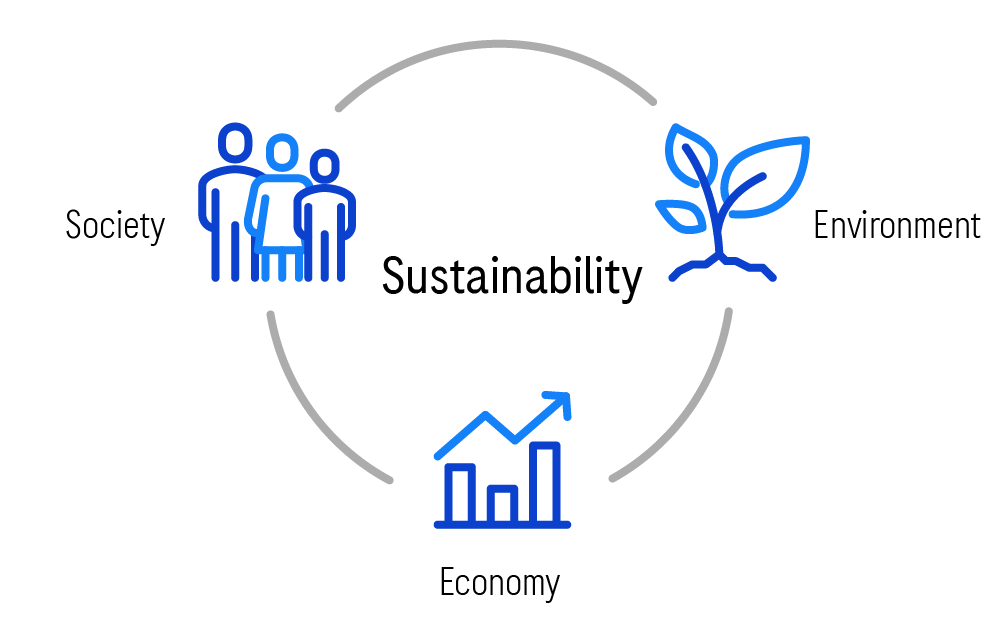About Us

Doing now what patients need next.
Roche Diagnostics develops and produces medical tests and digital tools that provide information to help healthcare professionals find the right treatment for patients and deliver the best patient care to improve, prolong and save lives. Currently, Roche Diagnostics leads the industry in developing diagnostic products for cancer, cardiac health, infectious diseases, women’s health and diabetes management.
Our North American headquarters for Roche Diagnostics Corporation is located in Indianapolis, IN. We have been part of the Indianapolis community since 1964 when Bio-Dynamics was founded. Boehringer Mannheim Corporation acquired Bio-Dynamics in 1974. Roche acquired Boehringer in 1998 and, within three years, became a world leader in diagnostics.
Today, we have sites across the U.S., focusing on different areas like research and development, laboratory, manufacturing, distribution, information technology and administrative operations.

